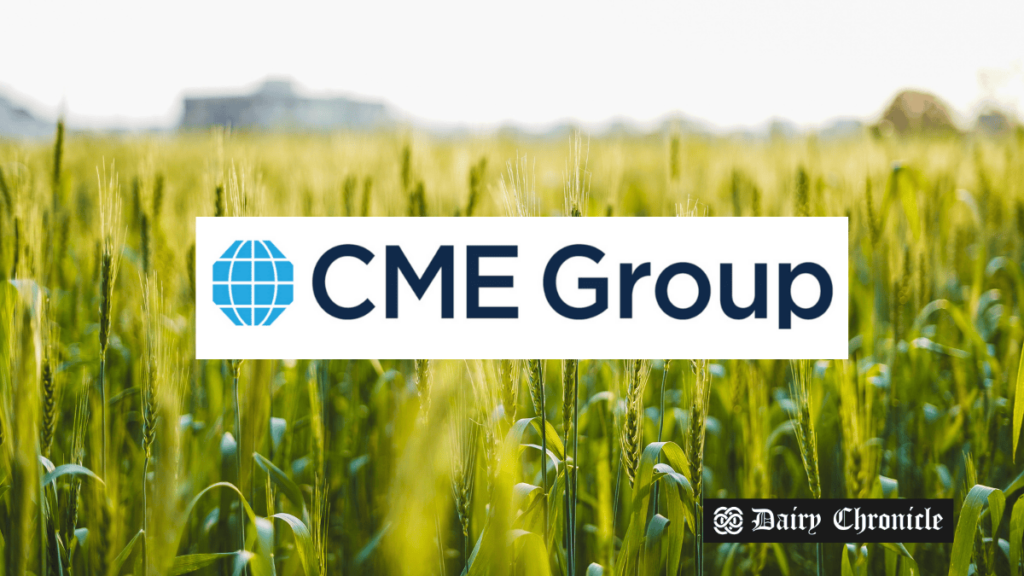October saw inflation rise slightly to 2.6% year-over-year, driven by higher food prices. While butter prices climbed, cheese and milk futures saw declines, reflecting mixed trends in the dairy market. The rising inflation could keep food prices elevated, impacting both producers and consumers.
October saw a slight uptick in inflation, with the Consumer Price Index (CPI) rising by 2.6% year-over-year, up from September’s 2.4%. While food prices continued to increase, the dairy market exhibited mixed trends, contributing to the ongoing pressure on food prices.
The food index, which tracks grocery and dining-out costs, increased by 0.2% month-over-month. Grocery prices rose by 0.1%, and dining-out costs saw a 0.2% increase, reflecting the ongoing pressure on household budgets.
In the U.S. dairy market, the Chicago Mercantile Exchange (CME) saw some volatility. Butter was the only bright spot, climbing to $2.6300 per pound, an increase of 3.25 cents with two trades. However, cheese prices continued to decline, with CME block cheese dropping to $1.6900 per pound, a decrease of 2.75 cents, and barrels falling to $1.6800 per pound, down by half a cent. Trading volumes were light, with only three loads of blocks and one load of barrels sold.
Milk futures also experienced downward pressure, particularly for Class III futures. The December contract settled at $18.66 per hundredweight, while prices for the first quarter of 2024 closed at $18.86 per hundredweight, reflecting a 19-cent drop. Class IV Q1 futures were also down, closing at $21.18 per hundredweight, a decrease of 12 cents.
As inflation continues to tick upward and the dairy market faces mixed movements, food prices, including dairy products, are expected to remain under pressure. This combination of rising inflation and fluctuating dairy prices suggests that both producers and consumers will continue to feel the impact in the coming months.



